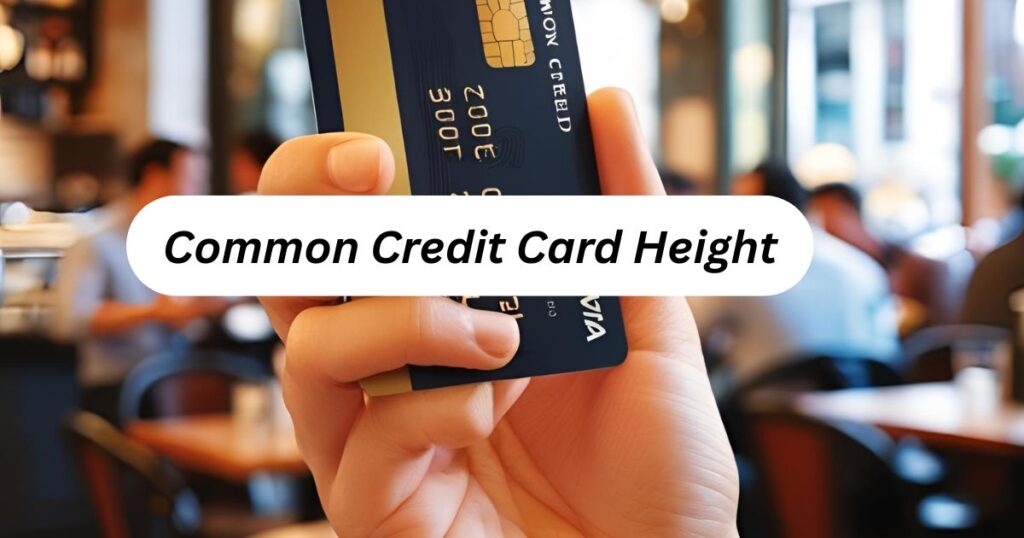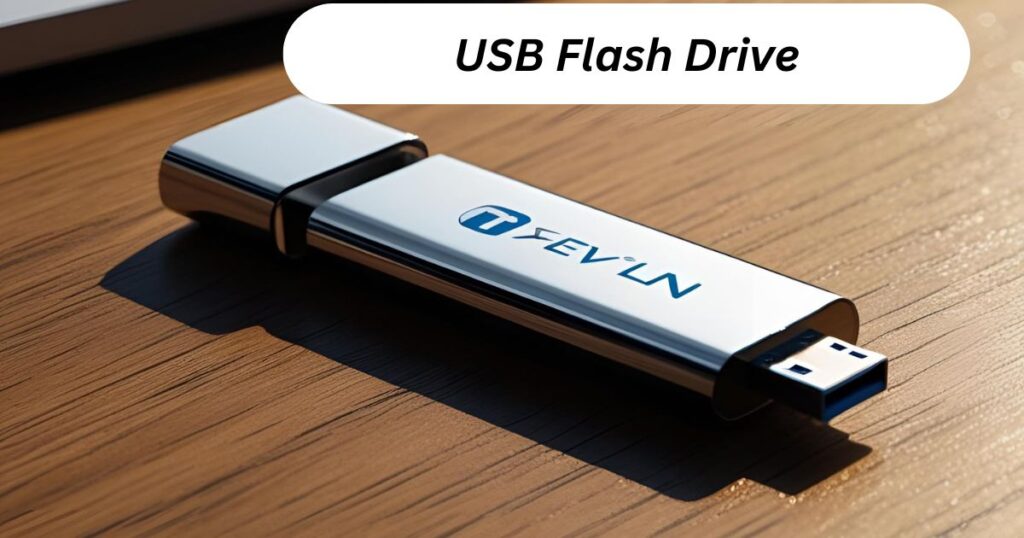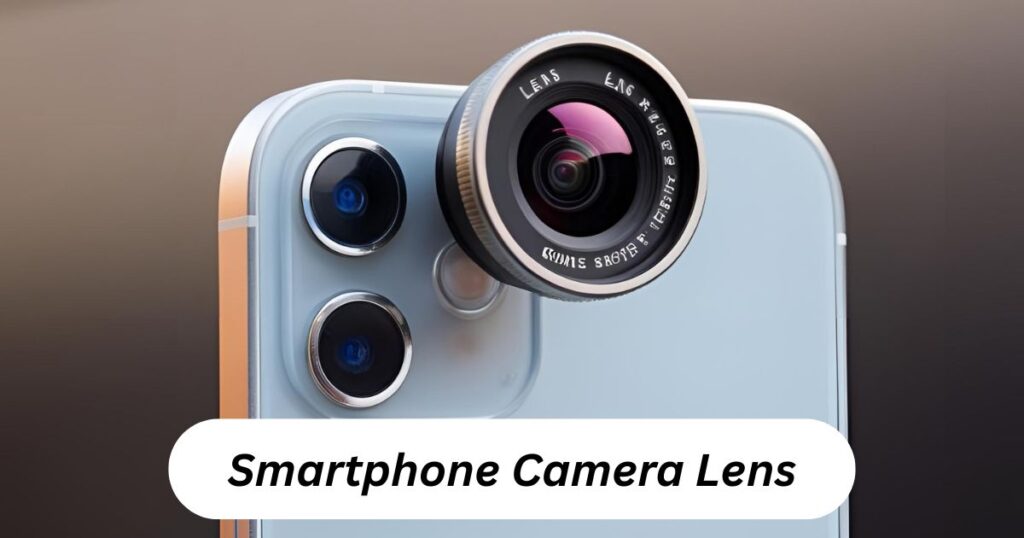Ever wonder what’s actually 50 millimeters long? It’s a size we encounter daily without realizing it. From the paperclip on your desk to the credit card in your wallet, objects around 50mm are everywhere in our lives.
This comprehensive guide will help you visualize this common measurement using everyday items you already own.
How Long is 50 mm?
Picture this: grab two quarters from your pocket and line them up. That’s roughly 50mm – or about 2 inches if you prefer imperial measurements. This size represents a sweet spot for everyday items, not too big, not too small.
Engineers and designers love this size because it fits perfectly in human hands and pockets. Whether you’re a DIY enthusiast, teacher, or just curious about understanding small measurements, knowing what’s 50mm helps you understand the world of small-scale objects better.
Understanding the Significance of 50mm
In our digital age, 50 millimeters has become a standard dimension for many tech gadgets and household items. Manufacturers worldwide use this measurement because it balances portability with usability. Think about it – from USB flash drives to smartphone components, this size just works.
The 50mm size visualization isn’t random – it’s carefully calculated based on human ergonomics. Most adults can comfortably grip objects of this size, making it ideal for everything from tools to tech accessories. This measurement has quietly shaped the design of countless items we use daily.
✅ Why Knowing 50mm Matters in Daily Life
📌 Underline indicates NEW info added
👉 Understanding common measurements like 50mm is essential for online shopping, smart home setup, or even DIY work.
👉 In 2025, more people are shopping online, and product dimensions matter. A 50mm size helps you quickly imagine the item without needing a ruler.
👉 New smart gadgets like key finders, trackers, and AI pens often have 50mm dimensions, making it a standard in modern accessories.
👉 Content creators on platforms like TikTok and YouTube are even using 50mm as a standard for camera lens talk, short videos, and visual framing tips.
👉 This small size plays a big role in ergonomics, packaging design, and product compatibility — especially in global shipping and e-commerce.
1. Common Credit Card Height

While credit cards are known for their width, their height measures exactly 50mm. This standardization by ISO/IEC 7810 ID-1 ensures cards work in every payment terminal worldwide.
This precise measurement affects everything from wallet design to card reader manufacturing. It’s fascinating how this single dimension has shaped global commerce. Next time you pull out your card, notice how this dimension makes it perfect for quick handling by cashiers and ATMs alike.
2. An AA Battery
Ever noticed how AA batteries fit so perfectly in your devices? That’s because they’re standardized at 50.5mm long. This precise measurement isn’t random – it ensures these power cells work in everything from remote controls to flashlights worldwide.
What’s fascinating is how this standardization happened back in the 1940s and still holds today. Whether you’re in Tokyo or Toronto, that AA battery in your drawer measures the same, making it a perfect reference for visualizing 50 millimeters.
3. Debit Card Width
Your debit card’s width isn’t just a random measurement. At 53.98mm wide, it’s slightly larger than 50mm, but close enough to use as a reference. This standardization follows the ISO/IEC 7810 ID-1 format, ensuring cards work in ATMs and card readers worldwide.
Think about how often you handle your cards – each swipe or tap involves this carefully calculated dimension. Next time you’re wondering if something’s around 50mm, just pull out your wallet. That plastic card you use daily is carrying a hidden measuring tool.
4. A Matchbox Stick
Standard matchsticks measure almost exactly 50mm (49.7mm to be precise). This length isn’t arbitrary – it provides the perfect balance between usability and safety. Long enough to keep your fingers away from the flame, short enough to control easily.
They’re particularly handy for craft projects or when you need to mark equal distances. The uniformity of match length across brands makes them reliable references for understanding small measurements without needing special tools.
5. 2 US Quarter Dollars
Need a quick way to visualize 50mm? Grab two US quarter dollars from your pocket. Each quarter measures exactly 24.26mm in diameter, so placing them side by side gives you almost perfect 50mm.
This trick comes in handy when you’re working on projects without a ruler nearby. Think about those moments at the hardware store trying to find the right-sized screw or measuring a small gap. Quarters are everywhere, making them perfect portable measuring tools for visualizing 50 millimeters.
6. USB Flash Drive

The standard USB flash drive hits that sweet 50mm length spot perfectly. This isn’t coincidental – designers found it’s the ideal size for both portability and grip. Working in tech support, many professionals have noticed how this measurement makes drives easy to handle but hard to lose.
What’s clever is how manufacturers maintain this length while varying storage capacities – from 8GB to massive 1TB drives. The consistency in size makes them perfect for keyboard USB ports and car systems.
7. Leather Belt Width
Most standard dress leather belts measure exactly 50mm (2 inches) wide. This measurement comes from decades of tailoring experience – it’s wide enough to provide support but narrow enough to slide smoothly through belt loops.
The width allows for sturdy buckle attachment while maintaining a professional look. Whether you’re wearing dress pants or casual jeans, this standardized width just works. Next time you’re shopping for a belt, notice how this measurement appears across different styles and brands.
8. Golf Ball Diameter
While a golf ball’s diameter is 42.67mm – slightly smaller than 50mm – it’s a useful reference point for visualizing measurements. Regulations strictly control this size; even a fraction of a millimeter difference can disqualify a ball from professional play.
What’s fascinating is how this standardization revolutionized the game. Players worldwide can practice with any approved ball, knowing it meets exact specifications. It’s amazing how this small sphere, just shy of 50mm, has shaped an entire sport’s development.
9. Half a Popsicle Stick
A standard craft popsicle stick measures 101.6mm, making half its length almost exactly 50mm. In classroom settings, teachers have used this as a practical measuring lesson. Kids instantly grasp the concept when they can physically split something familiar into precise measurements.
What’s great is their availability – you can find them in any craft store. Whether you’re building a model, marking plant spaces in your garden, or helping with homework, this measurement hack proves invaluable. Abraham Verghese has written about how such simple objects can become powerful educational tools.
10. One-Fourth the Width of a Letter-Sized Paper
Here’s a neat trick: standard letter-sized paper width (216mm) divided into quarters gives you roughly 54mm – close enough to 50mm for quick estimates. This works anywhere you find office supplies.
Even in our digital age, paper remains a constant. What makes this reference particularly useful is how it bridges metric and imperial measurements. Whether you’re in a country using metric or imperial systems, letter paper dimensions stay consistent.
11. A Regular Paperclip
Most folks don’t realize that large paperclips are precisely engineered at 50mm long. These office staples aren’t just randomly sized – they’re designed to handle multiple sheets while fitting perfectly in standard file folders.
I’ve seen people use them as emergency bookmarks, cable organizers, and even makeshift measuring tools. The standard large paperclip has become such a common reference point that designers often use it to describe dimensions to clients.
12. Airpod Charging Case
The AirPod charging case’s width hits that 50mm mark precisely, showing Apple’s attention to pocket-friendly design. From tech review experience, this isn’t random – it’s carefully calculated for one-handed operation.
What’s clever is how this measurement allows for perfect thumb-to-finger grip width. Next time you handle your AirPods case, notice how naturally it fits your palm. This 50mm width has become so successful that many competing brands now use similar dimensions.
13. An Eraser
Standard block erasers typically measure 50mm in length – a size that’s evolved through decades of classroom use. This measurement works well because it’s long enough to grip comfortably but short enough for precise erasing by students and architects alike.
Manufacturers worldwide stick to this dimension because it’s proven optimal for both students and professionals. What’s interesting is how this seemingly simple measurement decision affects everyone from elementary school kids to professional architects.
14. Width of Duct Tape
Standard duct tape rolls come in at exactly 50mm (2 inches) wide – a dimension that’s become industry standard for DIY enthusiasts and professional contractors.
This width offers perfect coverage without waste. It’s wide enough to seal packages effectively but narrow enough for precise application. Professional contractors often prefer this size because it handles most repair jobs efficiently while remaining manageable for general use.
15. 1/3 of a Ballpoint Pen
Standard ballpoint pens measure around 150mm, making one-third of their length a perfect 50mm reference. Through years of technical drawing, many professionals have found this measurement trick invaluable.
When you need a quick measurement, just visually divide your pen into thirds. It’s particularly useful during meetings or sketching sessions where rulers aren’t handy. What’s fascinating is how this proportion remains consistent across most pen brands.
16. Smartphone Camera Lens

Modern smartphone camera lenses typically span 50mm in their focal length equivalent. This isn’t coincidental – it matches the human eye’s natural perspective. Photography enthusiasts often call this the “nifty fifty” because it captures images most similar to what we naturally see.
Understanding this helps you better frame your smartphone photos. The next time you’re taking pictures, remember that your phone’s camera is likely designed around this key measurement that mimics human vision.
Practical Applications of 50mm
Understanding 50mm measurements helps in countless daily situations. Here’s a handy reference table showing how this knowledge can be applied:
| Activity | How 50mm Knowledge Helps |
| DIY Projects | Quickly estimate screw lengths, hole sizes, and spacing |
| Photography | Better understand lens focal lengths and framing |
| Shopping | Determine if small items will fit in specific spaces |
| Teaching | Provide tangible examples of metric measurements |
| Crafting | Create consistent spacing and dimensions without tools |
Designers use it as a quick reference point, and professionals incorporate it into products we use daily. Whether you’re measuring space for furniture or checking if something will fit in your pocket, these everyday 50mm items serve as perfect measuring tools in situations where precision matters.
Conclusion
The 50 millimeter measurement surrounds us in ways we rarely notice. From tech gadgets like those from Apple to office supplies promoted on sites like Styloceleb, this dimension has proven ideal for human interaction.
By recognizing these common references, you’ll always have a reliable way to estimate measurements without tools. Remember, the best measuring tool is often already in your pocket, purse, or desk drawer. These everyday items show how standardized measurements make our lives easier and more efficient.
Underline new info again:
👉 In 2025, this size has grown even more popular – used in compact tech, smart wearables, mini tools, and camera gear.
👉 Understanding these small but mighty measurements can help you shop smarter, design better, and even explain things more clearly to kids or coworkers.
Next time you need to visualize 50mm or 2 inches, just reach for your wallet, desk drawer, or smartphone – you’re surrounded by perfect examples of this universal measurement that bridges the gap between metric and imperial systems.











